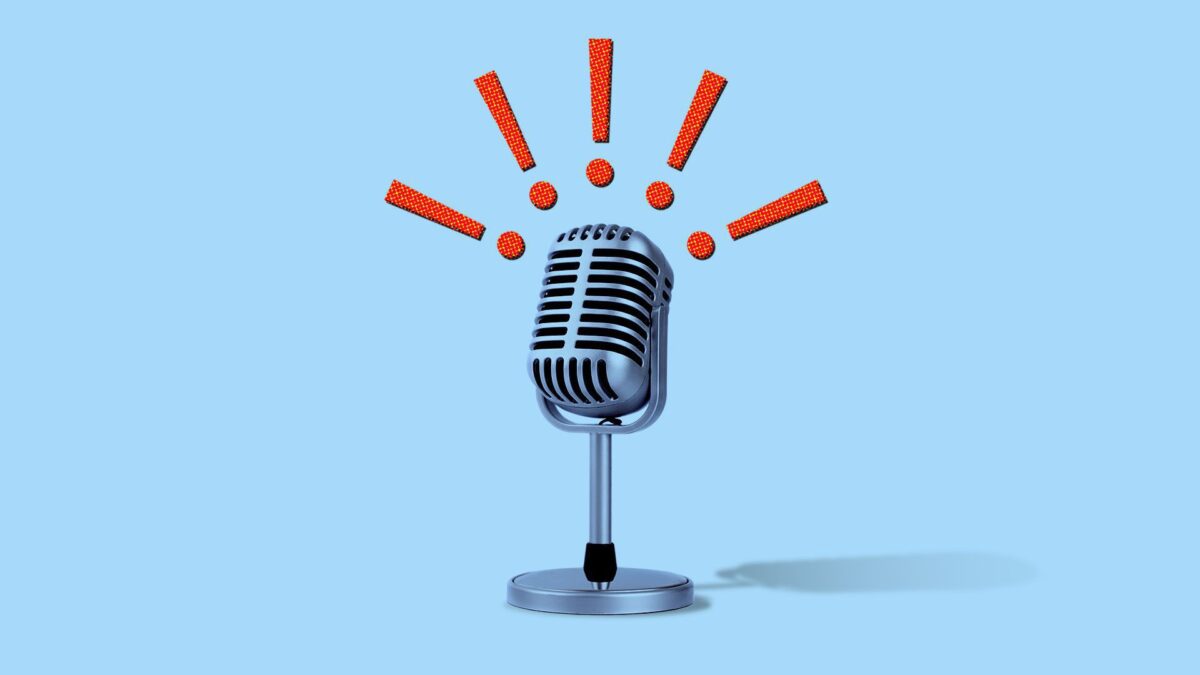Audio storytelling by podcasts has been on its rise since the technical breakthrough when Apple launched its iPod in 2003. The iPhone podcast app provided a library system for listeners. Since then, impressive progress in inexpensive recording production and editing equipment took place. Followed by the advancement of 4G mobile connectivity, it made listeners possible to browse, download, or stream shows whenever they wanted.
Today podcasts are widely available on a range of platforms, with streaming platforms like Spotify competing with downloads. Spotify has been pushing into podcasts for the past three years. Last year, they spent $500 million to acquire podcast start-ups to compete with radio and diversify from music streaming’s costly business. Although Spotify is a leader in paid music streaming, large margins of 70% are cut back by paid royalties to music labels. However, podcasting is an area where they could avoid the punishing cost structure. This is mainly due to a highly fragmented industry that is owned by independent content-creators and many start-ups. In fact, podcasting has developed into something that everyone wants to join. Big tech companies and record labels are pouring hundreds of millions into landing the next big audio show. Apple has recently bought ScoutFM, a podcast curation application, and is allegedly looking to create its original podcasts. In the meanwhile, Amazon added podcasts to its music services.
Besides the financial benefits and the unexplored areas for corporates, podcasting revolutionizes the broadcast industry by offering a distinctive medium. It has made listeners possible to experience a more personal relationship between creators and them. A radio broadcast reaches large numbers of communal listeners, many of them not giving the program their full attention. However, podcasts, on the other hand, are often overheard via earphones, so the producer has a different relationship with the listener. One has to choose what you’re going to hear rather than just accepting what the station transmits. The audio signal is no longer just background noise: it comes straight into your ears, which implies that podcasting has a higher cognitive bandwidth than broadcasting. It can often convey more academically challenging ideas and content. Additionally, media companies like the New York Times has found out that podcasting enabled them to connect with a completely different demographic from its standard audience. They’re often younger, and most of them would never think of buying a newspaper.
Although podcasts have transformed how one listens to audio storytelling, wherein the most significant shift has been from live to on-demand, the developments in this sector are still in full swing. How do you see the future of the audio industry? Do you expect podcasting to be mainstream in a few years?
References:
– Naughton, John. “Podcasting Refreshes the Parts That Radio Cannot Reach – but for How Much Longer? | John Naughton.” The Guardian, 30 Nov. 2019, www.theguardian.com/commentisfree/2019/nov/30/podcasting-fifteenth-years-old-corporate-greed-threat. Accessed 9 Oct. 2020.
– Nicolaou, Anna, and Alex Barker. “How Podcasting Became a New Front in the Streaming Wars.” Financial Times, 6 Oct. 2000, www.ft.com/content/f2c5efbe-e4aa-4758-b303-c1eb0c6bbf03. Accessed 9 Oct. 2020.
– Nicolaou, Anna, and Andrew Edgecliffe-Johnson. “Spotify Makes $500m Splurge on Podcast Start-Ups.” Financial Times, 6 Feb. 2019, www.ft.com/content/42fb0fb4-2a0c-11e9-88a4-c32129756dd8. Accessed 9 Oct. 2020.
– Robertson, Jamie. “How Podcasts Went from Unlistenable to Unmissable.” BBC News, 26 Sept. 2019, www.bbc.com/news/business-49279177. Accessed 9 Oct. 2020.
– Rosenblatt, Bill. “New Podcast Listeners Are Coming From Radio, Not Music.” Forbes, 29 Mar. 2020, www.forbes.com/sites/billrosenblatt/2020/03/29/new-podcast-listeners-are-coming-from-radio-not-music/#45282e5d6790. Accessed 9 Oct. 2020.


